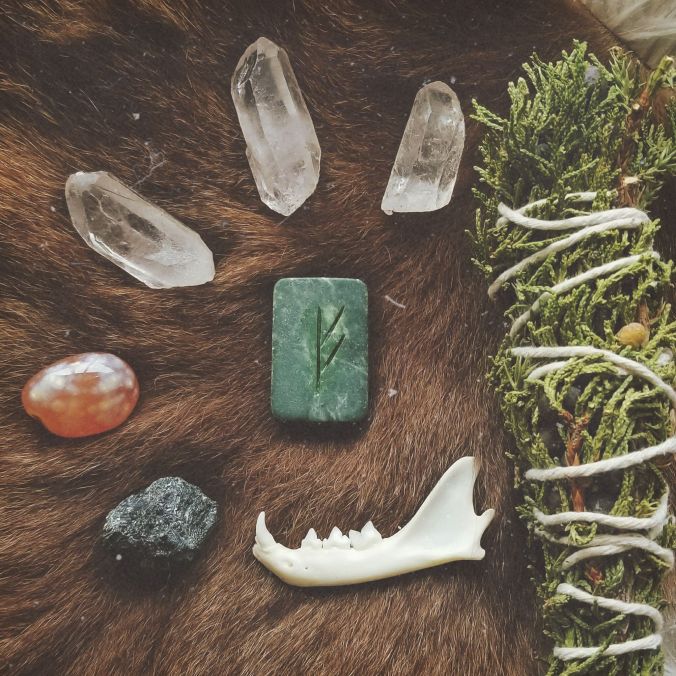Wunjo (woon-joh) is the eighth and final rune of the first aett. It represents perfection, bliss, and joy. It has no negative associations; it depicts a perfect, Garden of Eden type world of childish perfection, where everyone shares playfully no one is left wanting.
There is a like-mindedness and harmony here. It is sometimes called the wishing rune, and is used in manifestation.



You must be logged in to post a comment.